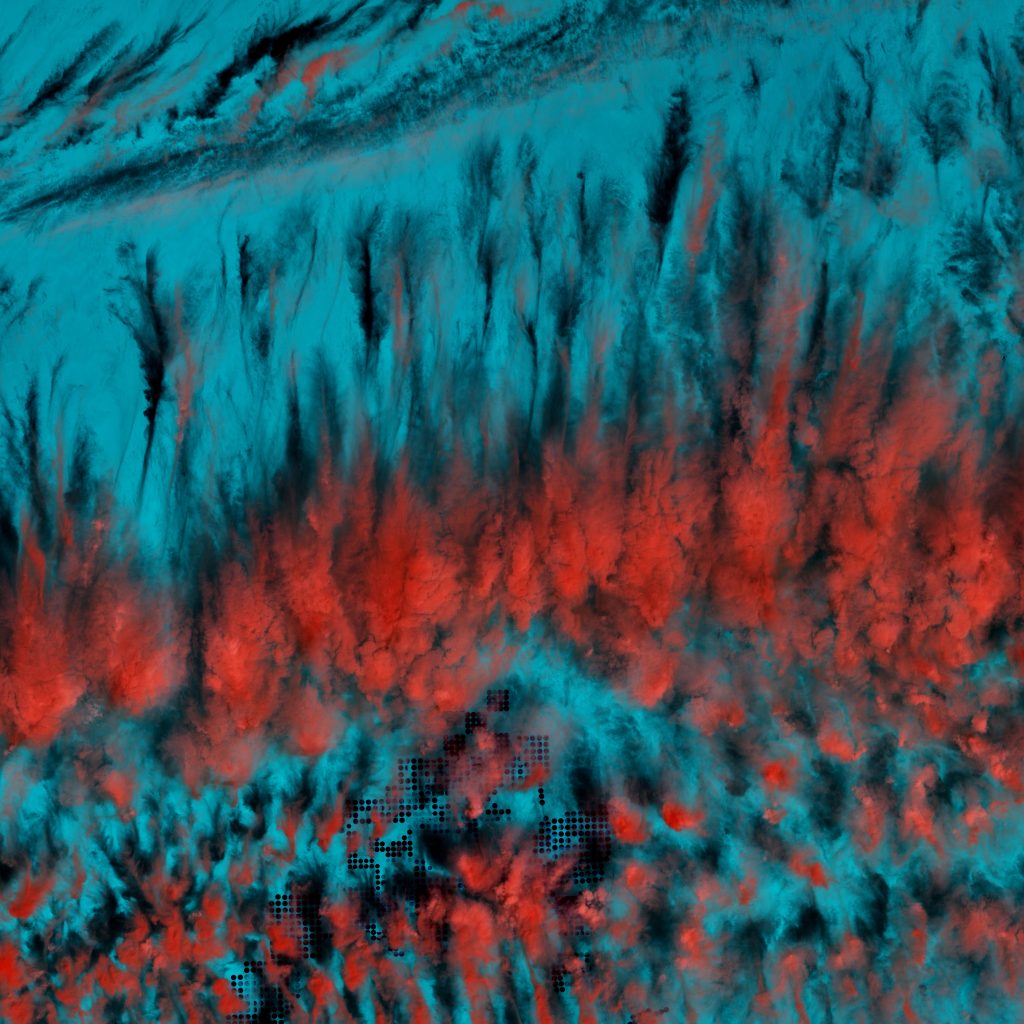
Two years ago, we were warned by the UN’s Climate Council (IPCC) that we had 12 years left to limit global warming or face irreplaceable damage to the planet. Now, COP26 sees nations convening once again to try and reach an international consensus on how to battle climate change. With targets being set by the IPPC, it’s more important than ever to understand the science of climate change and how the planet came to be in this position.
A Little History
Although the term ‘greenhouse gas’ wasn’t introduced until 1901, the concept was first proposed in 1824 by Joseph Fourier. From there, our understanding of the greenhouse gas effect continued to evolve until the end of the century, with Irish physicist John Tyndall showing that different gases absorbed and emitted thermal radiation to different degrees. Then, in the 1890s, the most significant developments came: Swedish chemist and physicist Svante Arrhenius was the first to make a numerical prediction for global warming and show that CO2 absorbs infrared radiation in appreciable quantities.
With the 1950s came the discovery that oceans had a limited ability to absorb the excess CO2 produced by the burning of fossil fuels. The levels of CO2 were building up in the atmosphere with no sign of slowing down (and they haven’t yet). A decade later, studies of deep sea ice cores and coral reefs showed timings of ice ages were directly correlated with small orbital changes. This ultimately demonstrated that minute changes to the atmosphere caused significant feedback from sensitive climate systems. And the rest, as they say, is history: warnings from scientists of impending global warming have been continuously ignored.
The Carbon Cycle
Left to its own devices, the earth can regulate the amount of carbon in the atmosphere (and therefore the global temperature) through the carbon cycle. Without an atmosphere containing greenhouse gases, the sun’s solar radiation would simply be reflected away from the earth’s surface and back into space. If this was true, the surface of our planet would be well below freezing and inhospitable to life. So, a certain quantity of greenhouse gases is essential for life. However, the natural processes in which greenhouse gases are introduced, such as through respiration, are balanced by our oceans and forests.
Alongside the carbon cycle, there are other regulation methods to control how much heat is captured by our atmosphere. Clouds, deserts, ice caps and other light coloured areas of the planet’s surface all work to reflect solar radiation away, with the reflecting fraction of light known as the albedo of the planet. Another key process is the production of aerosols (particles suspended in gases) through volcanic eruptions. These aerosols can increase the Earth’s albedo as they reflect light along with the soot produced in volcanic eruptions.
The Human Conditions
When more greenhouses are produced than the earth can cope with, problems arise – and we’re the culprits. The world is currently one degree warmer than pre-industrial levels. While this may seem minuscule, a small change in global temperature can severely affect the climate system. Since 1750, CO2 and methane have increased almost 50% and 148%. Of the increase, 75% comes from the burning of fossil fuels with the remainder from factors including deforestation, cement manufacturing, meat farming and landfill sites. Of the extra CO2 in the air, half is not being absorbed by oceans or vegetation, thanks to deforestation. Instead, it just sits in the atmosphere, absorbing more solar radiation.
Some claim global warming has nothing to do with human activity, claiming a change in solar activity or variations in the orbit or axis of Earth is the cause instead. However, the expected results of such changes are drastically different from what we are seeing.
Others deny the existence of climate change entirely, all while knee-deep in snow. They tend to forget that global warming producing a change in weather systems is not equivalent to local weather. These shifts in climate systems lead to more severe weather events, which we’re already seeing: rising sea levels, increased ocean acidity, major outbreaks of infection, like our current pandemic.
As individuals, and members of the international community, we need to reconsider how we live to help counter global warming. This includes how we produce power, food, travel, clothes and everything else you can think of. If there is one thing we can all agree on, it is that we’re running out of time.
